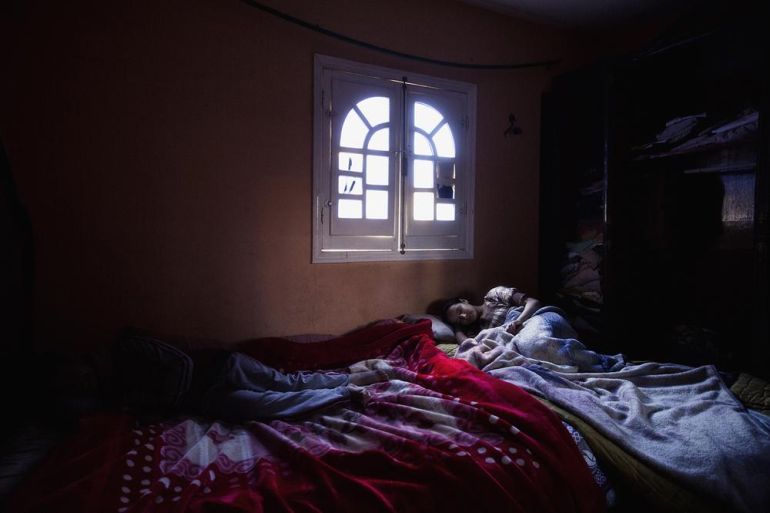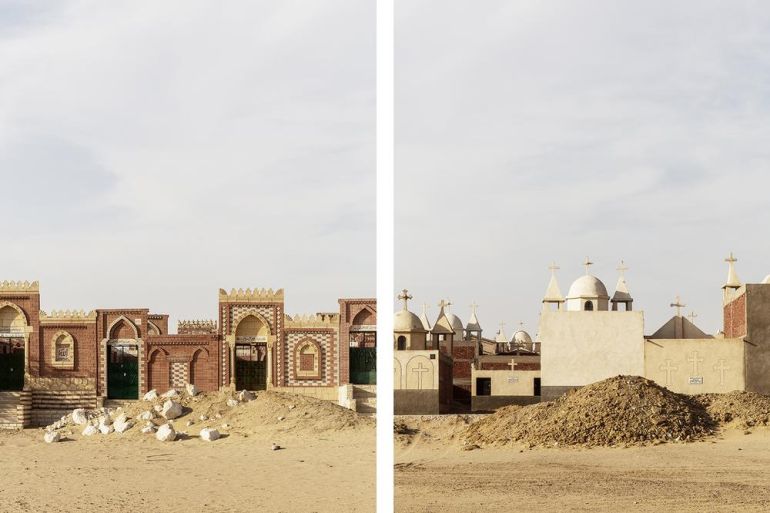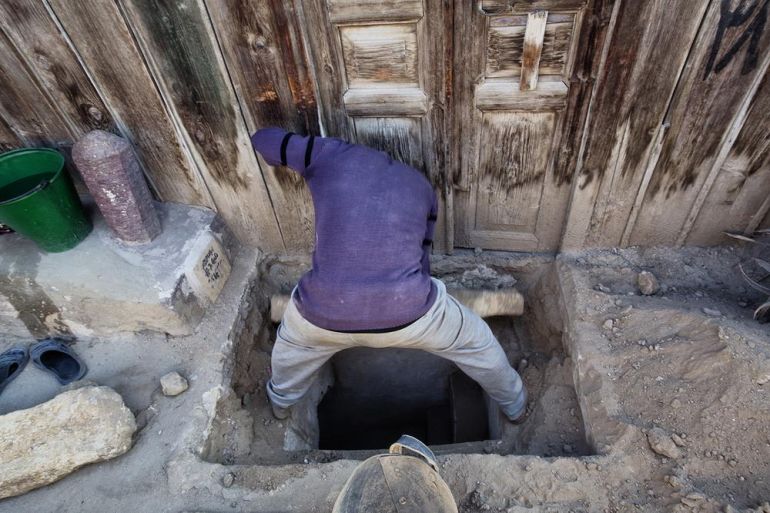In Pictures
In Pictures: Cairo’s urban planning
Housing problem remains one of the biggest crises faced in Cairo, one of the world’s most rapidly growing capitals.

Cairo is one of the world’s most rapidly growing cities, with nearly two percent annual population growth. This has prompted the Egyptian capital’s inhabitants to seek solutions for an intensifying housing shortage.
Entire families have taken refuge in small huts on rooftops of apartment buildings, and some have even moved into family tombs in suburban Cairo. Meanwhile, wealthy Egyptians have seized the opportunity to illegally build skyscrapers for those urgently looking for a home; some of these units are sold unfinished, with no amenities, and the sellers then vanish.
Proper hygiene cannot be maintained in some of these accommodations, putting the health of many Egyptians at risk. Meanwhile, in an attempt to start controlling the city’s urban planning, the government has decided to tear down all illegal settlements.
“Sixty percent of the population in Cairo lives in informal areas,” said Yahia Shawkat, housing and land rights officer at EIPR. “These areas are not planned by the government and therefore the ownership is heavily contested.”
Even before the uprising in 2011, the housing problem in Egypt became a hot topic. After the nationalisation of land in the late 1950s, owning land became almost impossible. Those who wanted to build a house or cultivate land would get a lease on the land, but would never become the actual owner of it.
“Since the [2011] revolution more and more private constructors have abused the current problems and instability in the country to build flats without permits,” said Manal El-Tibe, a human rights activist and researcher on illegal housing in Egypt. “But for the people who have inherited land, or those living in informal areas for decades, the government needs to develop a proper plan.”










